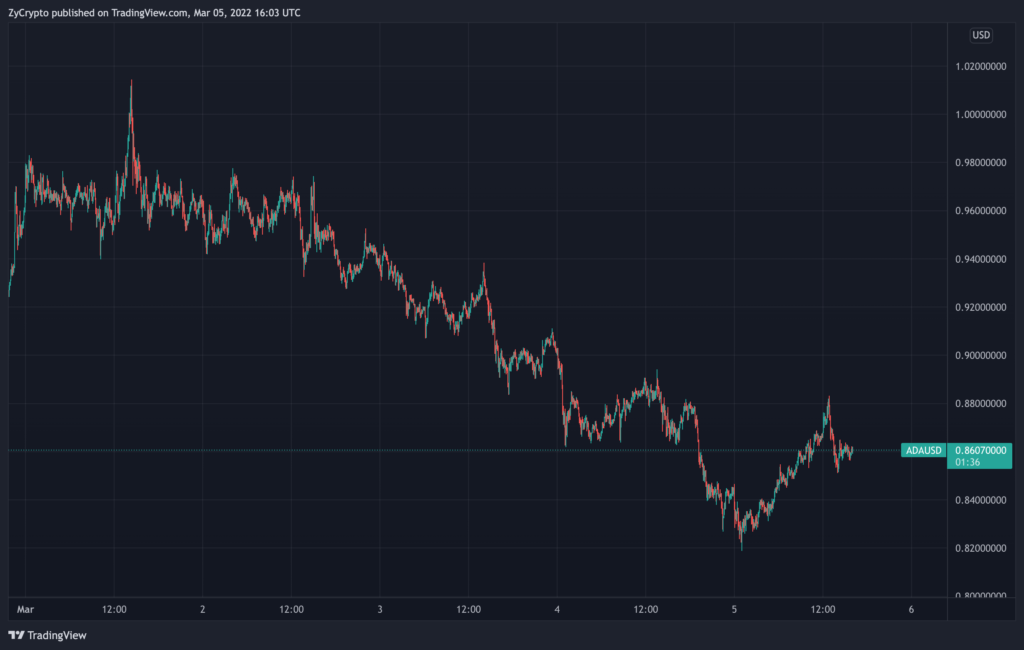Key Takeaways
- Pundit alleges that Messari’s data on Cardano’s transaction volume is erroneous.
- Market participants have however defended Messari’s data and how it factors in Cardano’s EUTXO model.
- Cardano continues to trump Bitcoin and Ethereum in daily economic transaction volumes.
Cardano’s recent swelling transaction volume, which has at times surpassed Bitcoin’s, has sparked debates in the crypto community. Some community members have stated that Messari’s most active chains dashboard is inaccurate in its reporting of Cardano’s transaction volume.
Why community members think Cardano’s data is inflated
A Redditor, with the username “scientic,” has alleged that the recently hyped-up adjusted transaction volume of the Cardano blockchain is not all that it seems. The user stated that “Messari Crypto’s data is wildly inflating Cardano’s transaction volume”, especially when compared to other sources like AdaStat.
The pundit speculated on the reason for the discrepancy. To him, the error could be emanating from the fact that Messari’s dashboard may not be fitted for estimating transaction volume for Cardano’s Extended Unspent Transaction Output (eUTxO) model.
“I think what is happening is Messari are including Cardano’s UTxO change outputs as part of the total transaction value. This problem will only get worse as Cardano grows until Messari sorts the issue,” ‘scientic’ noted.
He explains that in the eUTxO model, which is derived from Bitcoin’s UTXO model, transaction data has a risk of being overinflated. This is because, in both models, the blockchain records transactions by returning the balance of unspent tokens held in the wallet after a transaction is carried out.
He cites an example of a transaction carried out in a wallet holding 319 ADA from which 2 ADA is sent out. Some blockchain explorers will record that the value of the transaction is 317 ADA because that is what is returned to the sender, while in reality, it is a 2 ADA transaction.
Messari has on its part tried to clarify that the data is as accurate as possible. Messari’s explainer of the 24-hr adjusted transaction volume metric states that it is calibrated to try and remove “some types of ‘non-economic’ transactions.” Coin Metrics, the creator of the metric, also explains that the metric specifically isolates only meaningful economic transactions.
Some other market participants have defended the accuracy of the data as well. Twitter user, “EdnStuff,” noted that Cardano’s outstanding adjusted transaction volume is only attributable to the more on-chain activity. He added that whereas Cardano used to handle ‘simple’ transactions, the introduction of smart contracts to the blockchain has driven more complex transactions.
Cardano continues to outshine Bitcoin and Ethereum
Meanwhile, on the day Cardano is again at the top of Messari’s most active chains dashboard. The proof-of-stake blockchain is reported to have handled an adjusted transaction volume of over $24 billion compared to Bitcoin’s around $14 billion.

However, the price of ADA continues to tumble with the rest of the crypto market. ADA is currently trading at around $0.85, down -3.46% in the last 24 hours.







